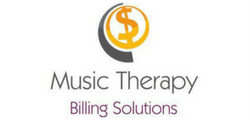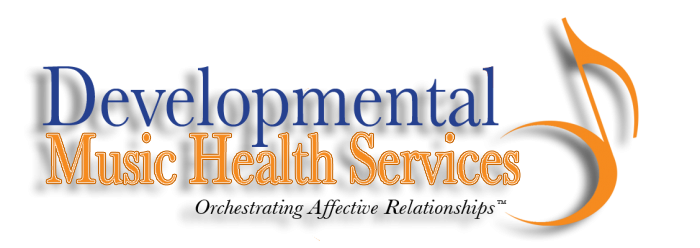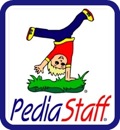I’ve been thinking a lot lately about reflective practice. Perhaps you think this is due to next week’s Thanksgiving holiday, a time intended for us to gather with family and friends and reflect back on all we are thankful for. It could be…but in this case my thinking on reflective practice is more due to my new role as an educator. I’ve simply been doing a lot more of it lately as I grow into my teaching and supervising skin—what worked? what didn’t work? what can I do to help this student/class? how can I make this experience/assignment more meaningful and functional? what might I do differently next semester or next year?
It’s also because I’m thinking about how I can nurture reflective practice in my students. As one who views learning from a largely developmental framework, I see the development of reflective practice as akin to the development of another area of interest of mine: emotion regulation. I’ve written about emotion regulation before, but not much about its development. Emotion regulation (or ER) is defined as our ability to tolerate and shift our emotional experiences. It’s the strategies you incorporate, like coping strategies, that help you calm down when you are, for example, angry or stressed. Our ER skills develop early in life and are fairly set by the time we enter school.
The developmental trajectory for ER skills shifts in the first 6 years of life from external, caregiver-directed regulation to self-initiated regulation. For example, a caregiver will model, prompt, and coach a toddler to calm down when in the throes of a tantrum. And toddlers need this—they are not developmentally or cognitively mature enough to do this on on their own. But a shift begins around age 3, when the child starts to internalize some of the strategies he or she has experienced and begins to incorporate them on his or her own volition. The caregiver may still provide prompts, but they serve more as reminders and cues and less as the directive statements provided to toddlers.
I see this same shift from externalization to internalization mirrored in the development of reflective practice. A student music therapist begins his or her training with a significant amount of direct supervision. In our program at the University of Miami (and I know this is not unique to this program), students always have an onsite, board certified music therapist as a supervisor until their last practicum experience. They are constantly observed and consistently offered feedback. This is the external form of reflective practice—it’s an external observer who is reflecting back and encouraging the student to self-reflect. This is done with the intention that as the student music therapist develops, there will be a shift to more independent self-reflection of their work and their experience.
So what I have been thinking through—and, yes, reflecting on—is how I can nurture and support this development. The challenge for me personally will be to incorporate a variety of reflective strategies as my fallback will be to take the verbal approach. Strategies like:
- Music-based processing through, for example, instrument play.
- Arts-based processing through drawing or playing with clay.
- Written-based processing through blogging (through a private, secure site of course) or journaling.
I am also open to suggestions from you, Reader. What strategies do you incorporate in your own reflective practice? If you would like to share, please leave a comment in the box below. I’d love to hear from you!



 orcid.org/0000-0001-8665-1493
orcid.org/0000-0001-8665-1493






{ 0 comments… add one now }
You must log in to post a comment.